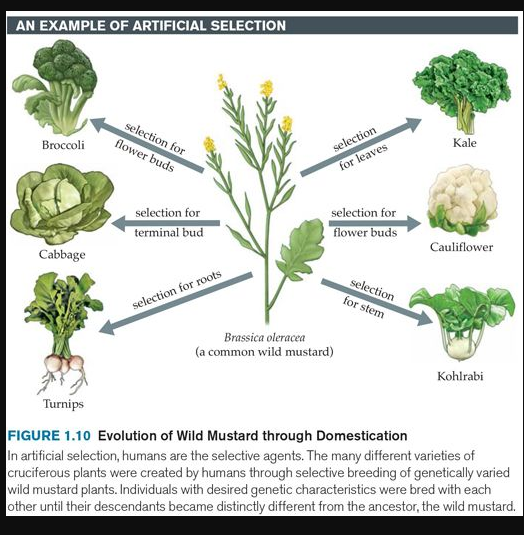We talked a lot about pH and how it can affect plants. We also talked about how certain molecules can interfere with other molecules. This is important in the plant world because certain nutrients can suppress or even increase uptake of other nutrients. It is important in human health as well. Many of us have taken medicine and heard from our doctors certain rules we need to apply while on the medicine. For instance don't eat grapefruit while on this medicine because it can interfere.
So one experiment we did was to try to show how certain components in a solution can interact with other components in a solution. It is a very visual experiment and done with household supplies.
The supplies you need are Vitamin C (1000 mg), Iodine (2%), Hydrogen Peroxide (3%), and liquid starch.
You will be making two separate solutions.
Solution 1 is a combination of the vitamin C and Iodine tincture in water.
Solution 1 - Step 1. Mix 1000 mg of vitamin C in 60 mL of water. The vitamin C we had is 500 mg tablets. We crushed 2 tablets pretty easily and mixed the powder in water. We had colored tablets which will work fine. If you can find non-colored vitamin C that will work just great as well.
Solution 1 - Step 2: Next add the Iodine to the Vitamin C and water. You will add 5 mL of the Iodine to the solution.
At this point solution 1 is done!
Next we will make Solution 2 which is a combination of water, hydrogen peroxide, and liquid starch.
Solution 2 - Step 1: Add 15 mL of hydrogen peroxide to 60 mL of water.
Solution 2 - Step 2: Add 5 mL of liquid starch to the water and hydrogen peroxide mixture.
We are now done with solution 2.
Grab a new clear container and pour solution 1 and 2 together in the new container. You can pour the new solution back and forth between empty containers a few times to be sure it is well mixed.
Over time (hence the clock), the solution will instantaneously turn dark blue-black!!
So what is going on? Well when starch and iodine molecules mix you get a dark blue. However we added some other things that interfere with this reaction.
One reaction that is going on is production of I2 molecules. The hydrogen peroxide was added to the household iodine and it forms Iodine molecules. When iodine meets starch it turns blue-black.
+ 2I
–
(aq) + H2O2(aq) ->I2(aq) + 2H2O(l)
However we did not get a blue-black color immediately. This is because a second reaction was underway due to the addition of the Vitamin C powder. The I2 produced from the hydrogen peroxide should react with the starch, but instead it immediately reacts with ascorbic acid (from the vitamin C tablets). This prevents the I2 from reacting from the starch. In essence it is shielding the I2 from the starch.
I2(aq) + C6H8O6(aq)-> 2H+
(aq) + 2I
–
(aq) + C6H6O6(aq)
Eventually the ascorbic acid is used up and there will be enough I2 react with the starch and get a color change. This is a great example of how certain molecules can hinder other molecules.
It was a fun day at Davis Drive middle. This reaction can be sped up or slowed down by certain variables as well. We actually split into two groups. One group used 60 ml of water for solution 1 and 2. The other group only used 30 ml of water for each solution and we compared which reaction went the fastest. What do you think? If you want to experiment or read more at home here is a great resource: http://www.greeningschools.org/docs/VitaminCClockReaction.pdf
















